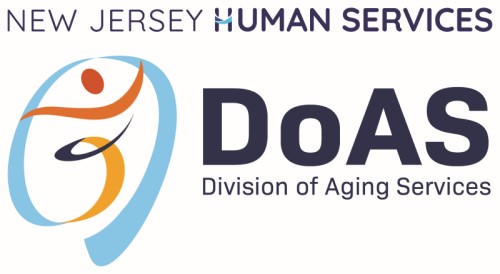The State of New Jersey is committed to supporting older adults through age-friendly supports and programs. On March 2, 2021, Governor Phil Murphy formally expanded these efforts by signing Executive Order 227, creating an Age-Friendly State Advisory Council to work with the Department of Human Services to develop an age-friendly blueprint outlining strategies and practices that municipalities, counties, and business organizations can undertake to create age-friendly communities. The Advisory Council, which convened throughout 2023, comprised of representatives from state and local government, academic institutions, nonprofit organizations, businesses, and community groups.
The Advisory Council held regular meetings, presentations, and two public listening sessions over the course of 18 months to identify challenges to older adults that would form the basis of the blueprint. These challenges include rising housing costs, limited at-home care access, and social isolation. Several themes also became apparent that, along with the WHO’s age-friendly domains, helped form the Advisory Council’s recommendations, including the increasing use of digital technology; diversity, equity, and inclusion; and economic security.
An Age-Friendly New Jersey requires more than a one-size-fits-all approach. Counties, municipalities, and communities can best make strides in age-friendly growth when assessments are conducted of their particular populations, resources, and needs. Strategies tailored to address community issues make the most difference for the residents who live there.
With support from the Age-Friendly Advisory Council, the Department of Human Services completed and released the Age-Friendly Blueprint in May 2024. More information about the Age-Friendly Blueprint can be found here .
At the time of the New Jersey Age-Friendly Blueprint’s publication, 23 New Jersey communities are members of AARP’s Network of Age-Friendly States and Communities, an increase of 14 communities since the signing of Executive Order 227.
On November 21, 2025, the Department of Human Services celebrated the last eight years of age-friendly accomplishments in a special virtual webinar, "From Vision to Action: New Jersey's Age-Friendly Journey." The event covered the state's age-friendly journey, from Executive Order 227 to the Age-Friendly Advisory Council and Blueprint; reported on the Age-Friendly Grant Program, including testimony from two grantees themselves; and hosted a panel discussion with AARP, New Jersey Advocates for Aging Well (NJAAW), and the Center for Health Care Strategies about the next steps the state can take to be a better place for all ages. A recording of the webinar can be found at the following URL: https://youtu.be/Q29mXo05Wg0.
